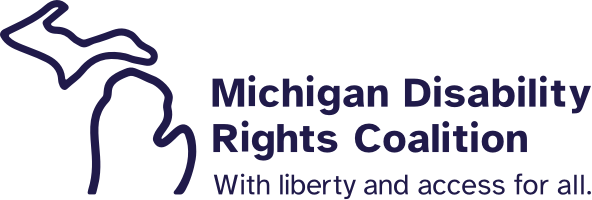Assistive Technology for Kids who Experienced Trauma
Wednesday, August 14, 2019
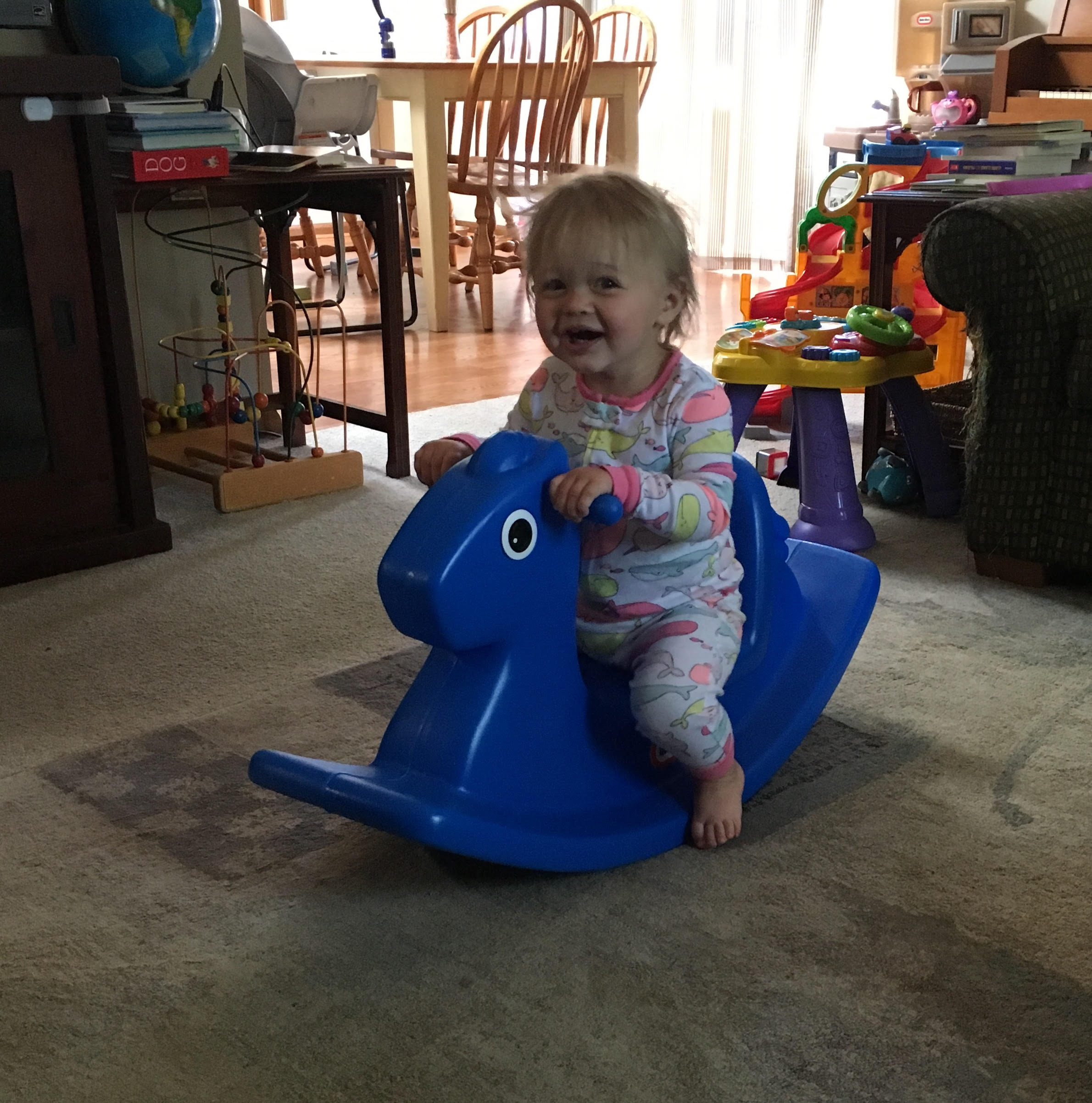
By Aimee Sterk, LMSW, MATP Staff
I’m working on a trauma certificate and recently attended a symposium on Somatic Experience therapy for children who have experienced trauma. The presenter, Maggie Kline, LMFT, explained that for young children (birth to 18 months) who experience trauma, the body holds the memory and that therapy needs to focus on dissolving extra energy in the body, helping children find and feel safe, and helping the shock/trauma (reptilian) part of the brain heal.
According to Maggie, we are hard wired to overcome and release trauma. We are built to be resilient and there are tools to help children who have experienced trauma access that healing. These tools can help build from our innate resilience.
Maggie mentioned the Poly Vagal Theory developed by Dr Stephen Porges which explains that our nervous system has three modes:
- Connection mode—the state in which we can socially engage, interact and function;
- Fight/flight—our body’s immediate reaction to a threat that affects every part of the body to help us stay alive by either fighting the danger or fleeing as quickly as possible;
- Shutdown—when the fight/flight has not worked and we sense impending death, this system kicks in and causes freezing as a form of self-preservation
Maggie taught our group that children who have experienced trauma can have triggers that remind their body of trauma and then their body flips from fight or flight into shutdown mode. Somatic Experience therapy and other therapeutic models seek to help children become grounded in their bodies and come out of fight/flight or shutdown mode by activating the calming parts of the nervous system. The goal is to reorganize and rebalance the nervous system after being overwhelmed by trauma. Then, children’s bodies don’t respond to a trigger when they shouldn’t.
If a child you care about has experienced trauma, please consult a therapist to help them work through the trauma and prevent or treat PTSD. That therapist will likely use toys and tools you can use yourself at home to help with rebalancing the nervous system. These toys are things you can use yourself with a child but they should not be used as a sole means of treatment of trauma. Professional support is needed. These are listed here as ideas you can use in addition to the support of professionals.
Tools and Toys for trauma:
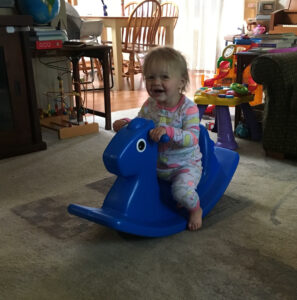
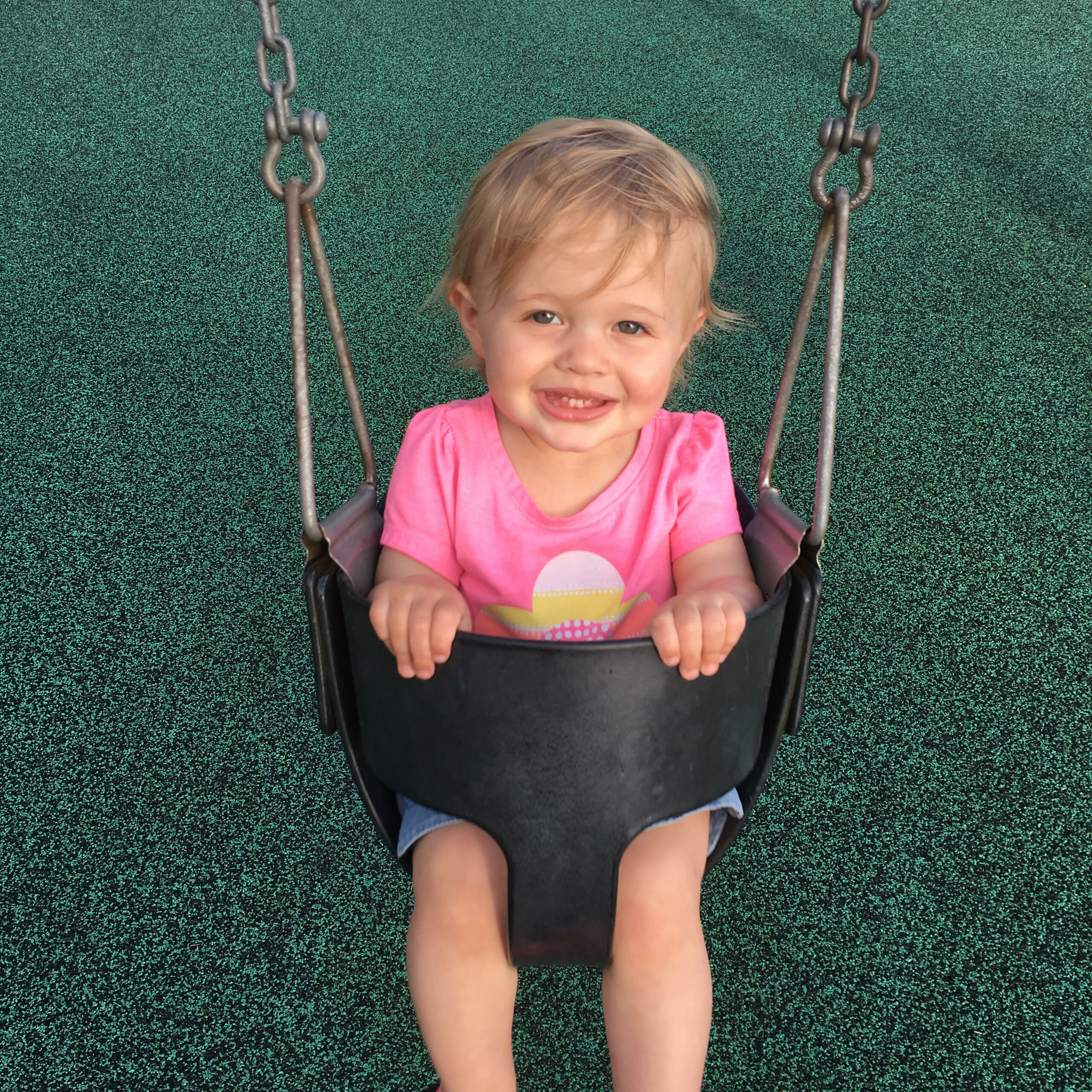 Bubbles—help children extend their exhales longer than inhales which activates calming centers in the nervous system.
Bubbles—help children extend their exhales longer than inhales which activates calming centers in the nervous system.- Rocking horses and hammocks/swings– activate the vestibular (body positioning) system to help with grounding knowing where your body is in space.
- Drums—rhythmic, repetitive movements are soothing and activate the brain in ways that are therapeutic. This can also be seen in biking, running, yoga, and other rhythmic activities.
- Maracas and other toys that create a shaking movement when used—shaking off is a physical response that is seen in other animals too—discharging the fight or flight energy. I frequently know my dog is calming down when I see him doing a full body shake.
- Weighted blankets or sleep sacks– can help children feel contained and warm.
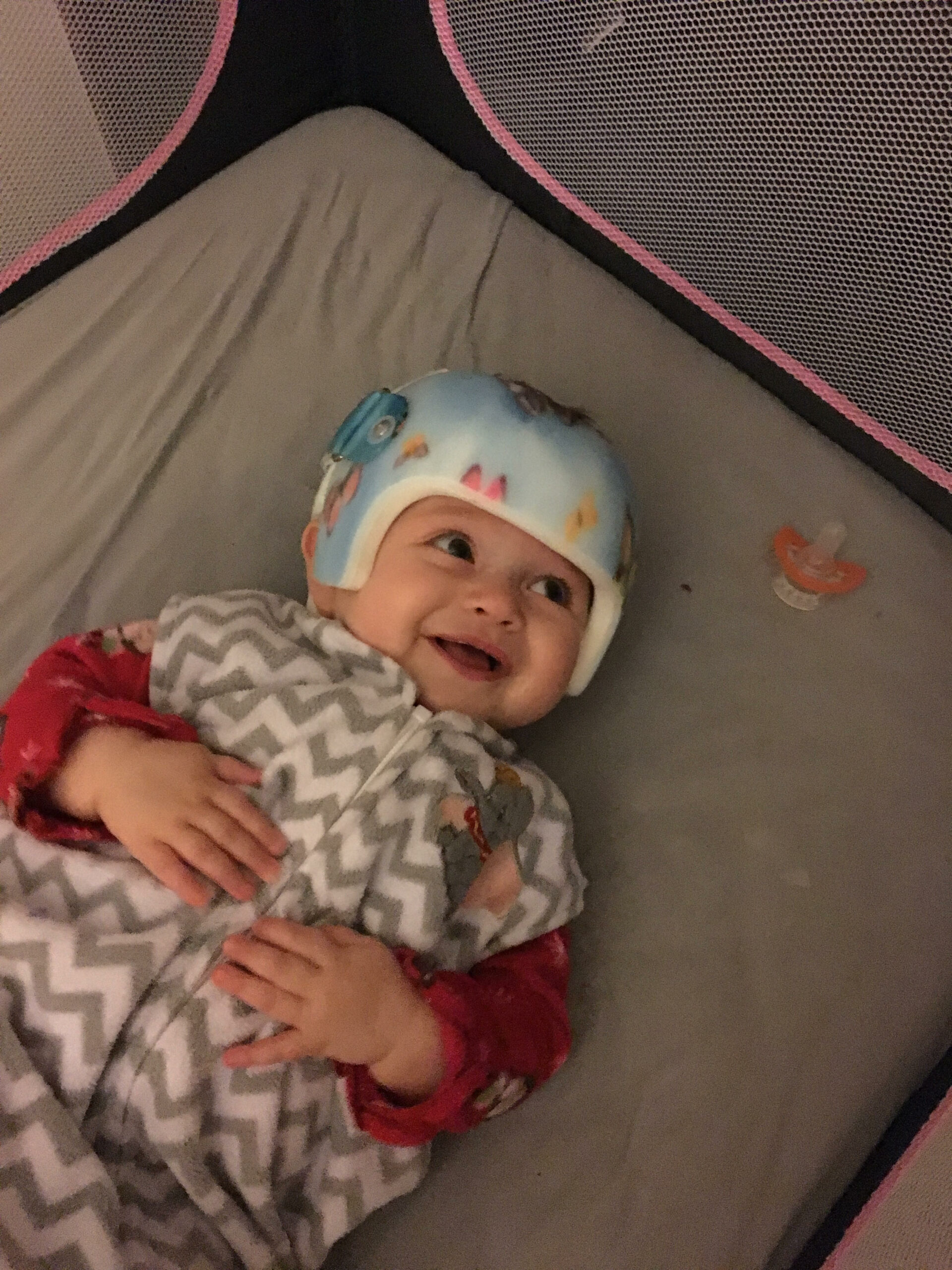
Children also need experiences of pleasurable arousal that are not associated with fear. They can then associate an increased heart rate with pleasure. For example, playing hard and increasing the heartrate can create a new association of a fast beating heart with fun.
As a survivor of trauma myself, and as a parent, these tools to use at home to build resilience and healing are helpful to me. I’m just getting started in adding a trauma focus to my work and am compelled to learn and do more. Have you become more aware of the impacts of trauma? Did you know people with disabilities face almost double the rate of childhood trauma as the general population? In addition, trauma is intersectional in other ways, “People with low-income and educational attainment, people of color and people who identified as gay, lesbian or bisexual had significantly higher chance of having experienced adversity in childhood.” Are you addressing trauma in your work or personal life? Has assistive technology come up as a tool to use?
